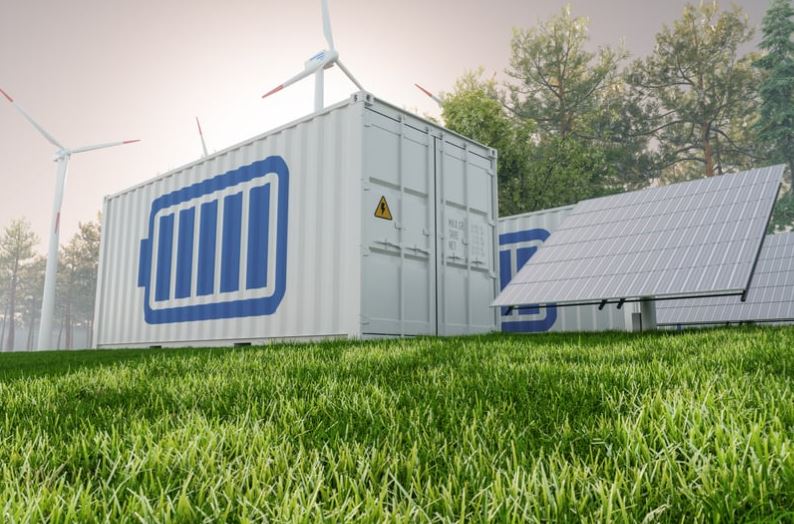As Northern Ireland’s energy system grapples with the dual pressures of decarbonization and reliability, Larne-based renewable energy company RES has submitted a planning application for the Ballyross Battery Energy Storage System (BESS), a project designed to enhance grid flexibility near Larne, County Antrim.
The proposed site, situated roughly 2 kilometers southwest of Gleno and 8.5 kilometers from Larne, underscores a broader strategic shift toward localized, grid-supportive infrastructure capable of integrating variable renewable generation.
Battery energy storage systems have become central to Northern Ireland’s path toward a net-zero electricity network. The Ballyross project’s proximity to the Ballyvallagh substation—a key node in the regional grid—was a decisive factor in site selection. Locating BESS projects close to substations minimizes transmission losses, reduces infrastructure costs, and expedites integration with the existing network. In practice, this approach addresses one of the most significant technical challenges in renewable deployment: maintaining system balance as intermittent sources like wind and solar dominate the generation mix.
According to RES Development Project Manager Peter Deeney, community engagement played a defining role in shaping the proposal.
The planning application includes a comprehensive landscaping and biodiversity plan, integrating native-species hedgerows and woodland to mitigate visual impact and enhance local ecosystems. Beyond aesthetic considerations, the plan introduces wildflower seeding aimed at supporting pollinators—a growing priority in UK planning policy as biodiversity loss becomes an increasingly pressing parallel to the climate crisis.
From a grid operations standpoint, the Ballyross BESS represents more than a localized project. Battery systems of this type provide frequency regulation, voltage support, and renewable load balancing, services that have become essential as Northern Ireland approaches its target of 80% renewable electricity by 2030. Recent reports from the System Operator for Northern Ireland (SONI) highlight that flexibility services, particularly those offered by large-scale battery systems, could reduce curtailment of wind energy—currently among the region’s largest sources of wasted renewable generation.
If approved by the Mid and East Antrim Borough Council’s Planning Committee, expected in summer 2026, construction is projected to take approximately 20 months, contingent on a successful grid connection application. The project’s timeline aligns with growing national momentum for storage deployment: the UK surpassed 4 GW of installed battery capacity in 2024, with Northern Ireland contributing a modest but rapidly expanding share as grid congestion and renewable curtailment issues intensify.
While public attention often centers on headline renewable projects like wind farms or hydrogen hubs, systems like Ballyross operate in the background, ensuring renewable electricity remains dispatchable, stable, and economically viable. The proposal illustrates a key evolution in regional energy strategy—moving from generation-first expansion to system optimization, where energy storage plays an equal role in defining the resilience and cost-effectiveness of the future grid.
In this context, RES’s Ballyross project is both a local infrastructure investment and a test of how well Northern Ireland’s planning and policy frameworks can adapt to the technical and social dimensions of the energy transition.
Stay updated on the latest in energy! Follow us on LinkedIn, Facebook, and X for real-time news and insights. Don’t miss out on exclusive interviews and webinars—subscribe to our YouTube channel today! Join our community and be part of the conversation shaping the future of energy.





